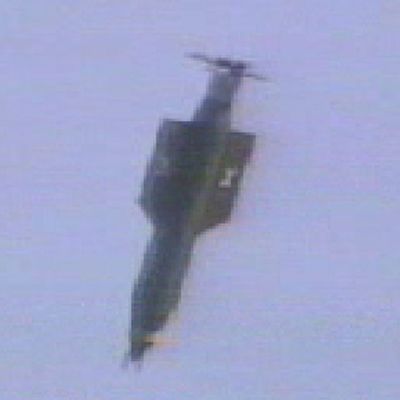
After developing it 14 years ago, the U.S. has for the first time used the second-biggest non-nuclear weapon in the military’s arsenal in battle. Officially called the GBU-43/B, the bomb is also known as the Massive Ordnance Air Blast (MOAB) or the “mother of all bombs.” The 22,000-pound weapon was dropped Thursday on an ISIS cave complex near Afghanistan’s border with Pakistan.
“The strike was designed to minimize the risk to Afghan and U.S. Forces conducting clearing operations in the area while maximizing the destruction of ISIS-K fighters and facilities,” the Pentagon said in a release. ISIS-K is shorthand for the Afghan branch of the Islamic State.
General John W. Nicholson, who commands U.S. forces in Afghanistan, is quoted in the release explaining the rationale behind using the bomb. “As ISIS-K’s losses have mounted, they are using IEDs, bunkers, and tunnels to thicken their defense. This is the right munition to reduce these obstacles and maintain the momentum of our offensive against ISIS-K,” he said.
After its use Thursday, the MOAB became the largest non-nuclear weapon to be used in U.S. combat. It is not, however, the largest conventional weapon in the U.S. arsenal — that distinction belongs to the Massive Ordnance Penetrator (MOP), a 30,000-pound bunker-buster that has never been used in combat.





























